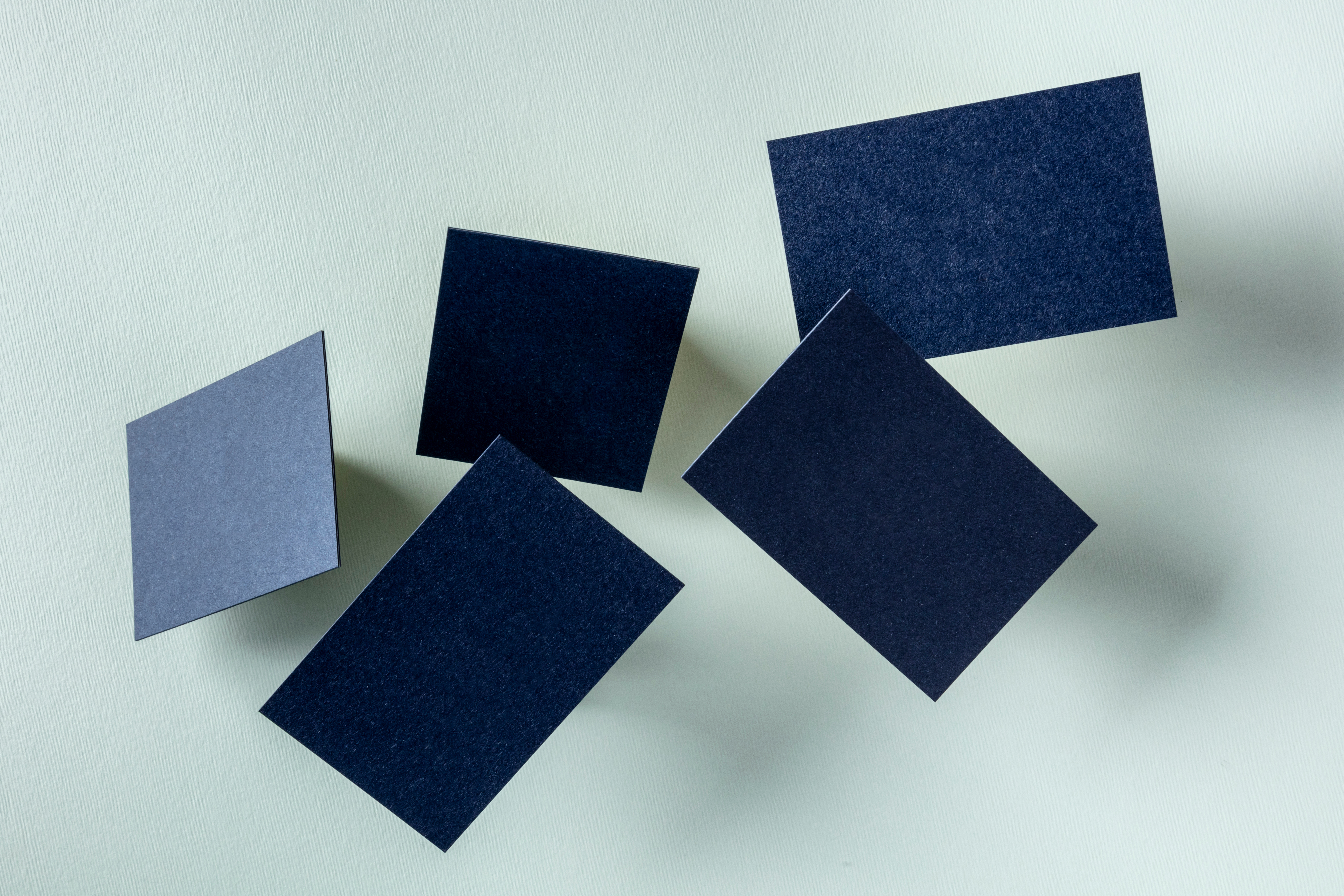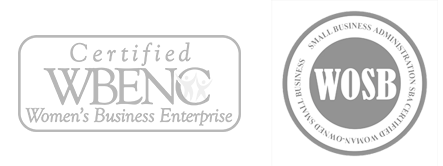FOR THOSE IN MARKETING, there is never enough time in the day to get it all done, so savvy marketers seek passive marketing strategies to complement their more active strategies. Passive marketing is like having a secret ally working for you 24/7. Passive marketing strategies, much like passive income streams, require virtually no upkeep. Once you’ve made the initial investment, they continue to work behind the scenes. One of the simplest passive marketing strategies is to fully leverage your business card. Why not create one that speaks for you long after it has left your hand? The trick is to create a unique card with perceived value — a business card that is so creative, recipients want to hang on to it, refer to it later, or share it with colleagues. So how do you “go big” on one of these small cards? Start with the basics. Clean up your contact information. Remember that less is more. Your website, email and phone number are generally enough.
Since your address is only a click away, resist the urge to clutter your card with it. Next, you should consider both the form and function of your business card. If you run a lawn service, print your contact information on a small business card-sized envelope with grass seeds inside. If you’re marketing a bakery, create edible cards. Do you sell all-natural furniture? Make your business card from natural wood. Marketing a bookstore? Let your card serve as a bookmark. If you own an optometry practice, consider a card that doubles as a magnifying glass. Does your painting company pride itself on masking abilities? Reinforce that differentiator by having card recipients pull back a piece of masking tape to reveal your contact information. Never leave the back of your card blank. The back of your business card is prime real estate that you need to put to good use, even if it’s just with a creative, professional photo of your product or an interesting fact chosen to challenge or inform readers. Research shows that when you can engage multiple senses, there is a better chance that people will remember you. Make your card more tactile with an unusual paper stock, die cut or with embossing, which can give a three-dimensional effect. Your local printer can create a custom die cut to allow you to convert your brand name into a stencil. You might also consider an unusual card shape such as round, square or even the shape of your logo. For example, if you own a coffee shop, consider designing your card in the shape of a cup of joe. Turn your business card into a passive marketing strategy that speaks for you long after it’s handed off by throwing tradition out the window and getting creative.






